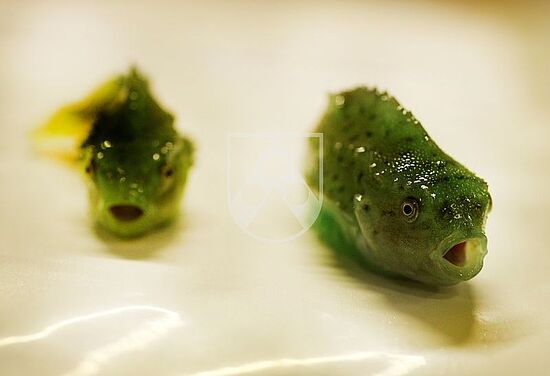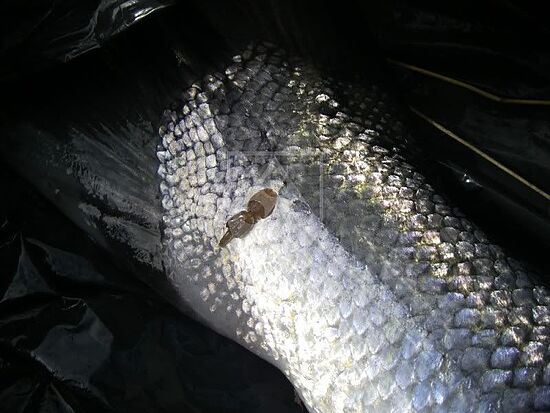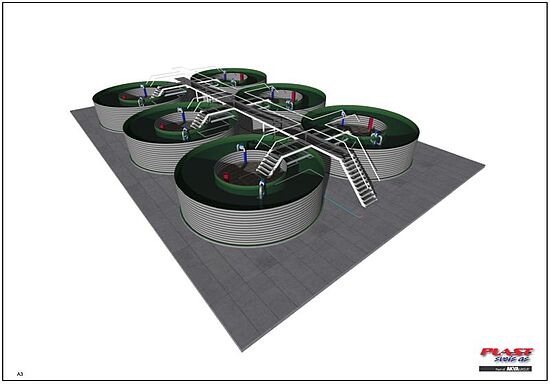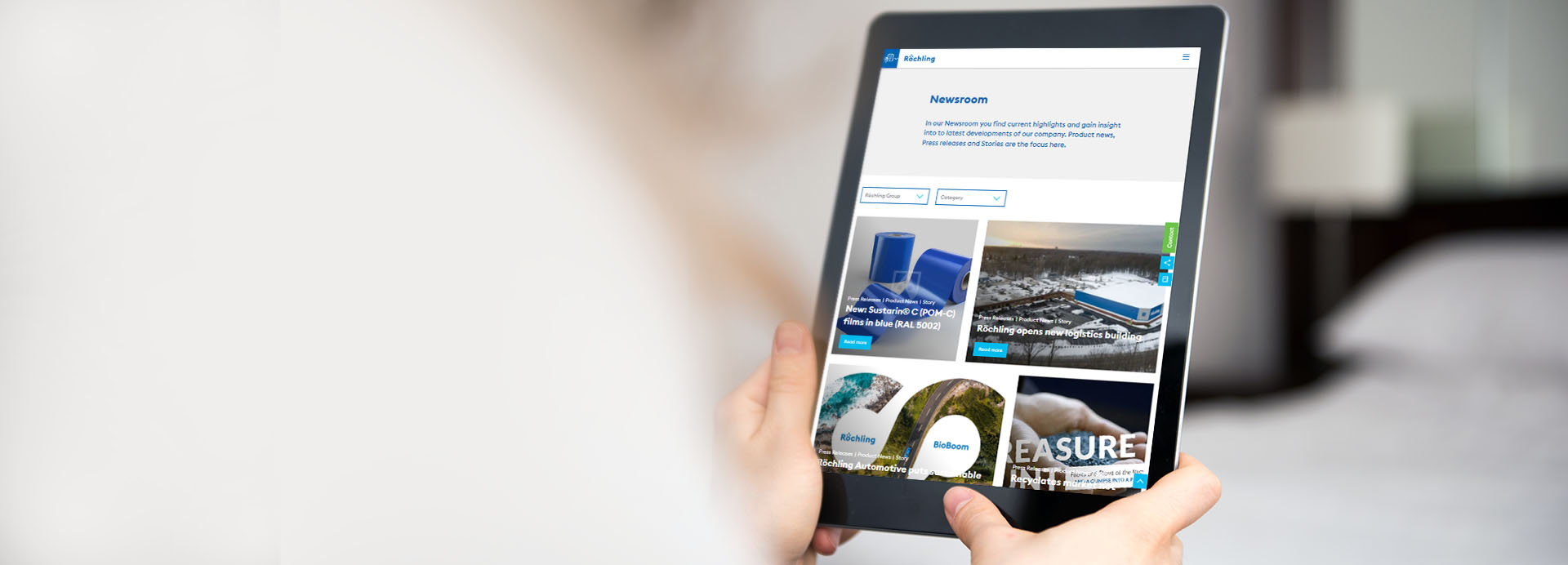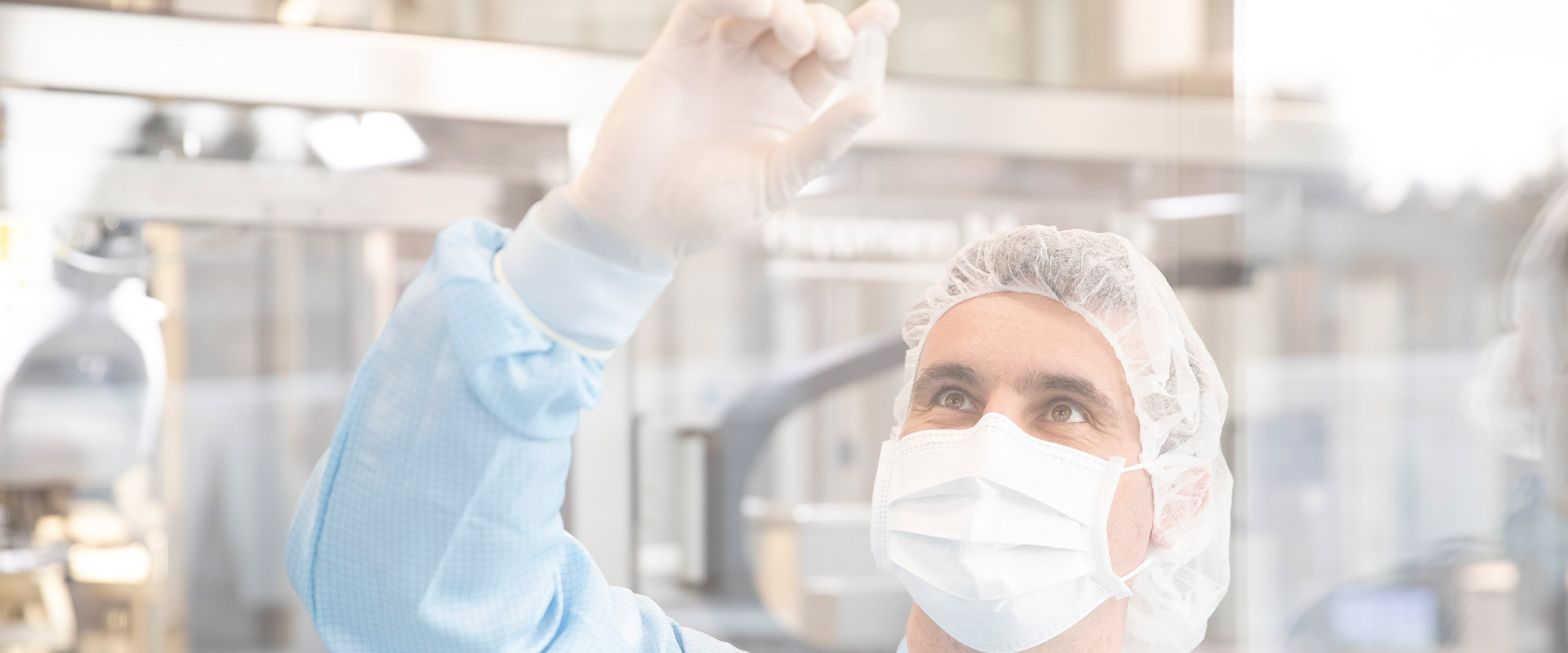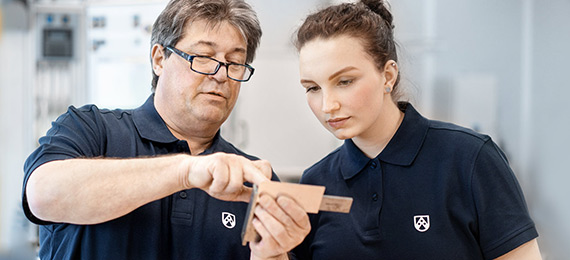The lumpfish protects farmed salmon from parasites in Norway.
There are problems large and small in any job. Many of them can be solved quickly, whilst others require more staying power. Salmon breeders in the Norwegian fjords have a problem which is only a few millimetres long. Yet it certainly keeps them on their toes: the salmon louse. This small parasite attaches itself to the skin of farmed salmon, where it causes lesions and, in the worst case, results in death. The breeders therefore place a protector alongside the salmon: the lumpfish. They deliberately introduce the fish into the enclosure among the salmon to eat the louse. In order to cover the demand for lumpfish, many farmers breed them in special tanks made of Polystone® G. The tanks are manufactured by Plastveis AS, a Norwegian company specialising in onshore fish farming. The lumpfish grow in the tanks until they are big enough for the parasite patrol.
A form of pest control which is kind both to the environment and the salmon has thus been established by using lumpfish. Salmon breeders had previously used mainly pesticides and drugs to combat the parasites. This was highly expensive, however, and it also posed a hazard to health and the environment.
The salmon are reared in net pens, floating enclosures in the Norwegian fjords. This makes controlled breeding possible in natural waters and offers an alternative to overfishing in seas around the world. At the same time, this kind of breeding, which is also known as aquaculture, solves the problem of sufficient food for the world's ever-increasing population.
A salmon will spend two to three years growing in the enclosures until it weighs four to five kilos, the right size for consumption. However, the pen is also home to a troublemaker: the salmon louse. The parasite occurs naturally in Norwegian waters and is a constant companion during the breeding process. Conditions in the net pens are conducive to lice infestation, because the density of fish is higher than normal. More and more breeders are turning to the lumpfish to protect the farmed salmon and keep them healthy. The small, shiny, green fish devours the lice on the salmon, thus providing a gentle and effective method of pest control.
Well-being increases
This tiny parasite-eater, whose scientific name is "Cyclopteridae", has many advantages for the breeders: The lumpfish reduces the use of conventional pesticides so there are fewer sick salmon requiring treatment. This improves the creatures' well-being and supports healthy growth. Breeders thus cut their costs and have healthier fish.
High demand
It comes as no surprise, therefore, that the demand for lumpfish in Norway has risen sharply in recent years. The enclosures have a diameter of approximately 50 metres and are between 20 and 50 metres deep. A maximum of 200,000 salmon and lumpfish can swim together in each enclosure. This gives each creature plenty of space; the stocking density is strictly limited. Lumpfish account for between eight and ten per cent of each enclosure. The requisite volume of lumpfish in Norway thus equates to approximately 40 million a year. This demand cannot be covered by natural fishing. Selective breeding is needed.
Selective breeding
This is why many Norwegian salmon farmers rely on tanks made of Polystone® G from Röchling for rearing lumpfish. The lumpfish grow in the specially designed tanks in separate onshore breeding stations until they are fit for parasite duty in the fjord.
The tanks are made by Plastveis AS, a Norwegian company specialising in onshore fish farming. Polystone® G is very easy to process and weld, so it can be used to manufacture tanks to customer specifications. When making tanks specifically for fish farming, it is always essential to consider the characteristics of the respective fish. The lumpfish likes to withdraw to the walls of the tank in order to rest. This is why they must always be really clean! Polystone® G is very easy to clean, so it facilitates the breeding of lumpfish. The long life of the material plays an equally important role: The projected lifespan of the tanks is several decades. Plastveis AS can thus use Polystone® G to manufacture individual and durable tanks specifically for breeding lumpfish.
Contact
Please do not hesitate to contact us if you wish to know more about the properties and possible applications of our materials for tank building:
➜Enquiry: Materials for tank building
